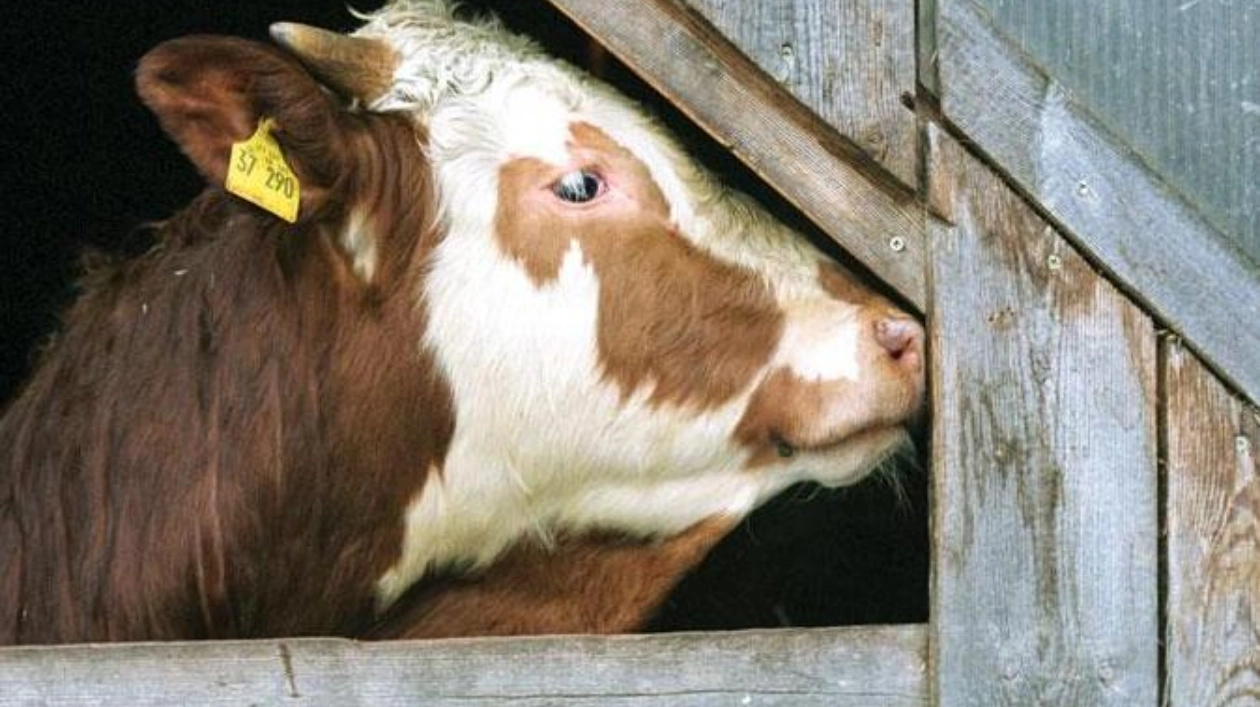In the Eastern Highlands of Papua New Guinea, a perplexing neurological affliction was claiming the lives of women and children. Sufferers in the terminal stages exhibited uncontrollable fits of laughter, earning the condition the grim moniker ‘the laughing death.’ Autopsies unveiled minuscule holes in the victims’ brains, rendering the tissue spongy. By the 1950s, scientists had encountered only a handful of other diseases that similarly perforate the brain, all of which manifested bizarre and often catastrophic symptoms in both humans and animals. These maladies, researchers later discovered, were attributable to infectious proteins known as prions.
These nefarious molecules, initially identified in 1982, are the focal point of neurovirologist Michel Brahic’s compact new book, 'The Power of Prions.' A consulting professor at Stanford University, Brahic turned to writing after his wife encouraged him to transform his lectures into a book. This endeavor, he recounts, ‘transformed a dreaded retirement into an exhilarating adventure.’ The book delves into the molecular biology of prion-induced diseases, detailing how these proteins, when misfolded, compel normal proteins to follow suit. These aberrant proteins can either emerge naturally within the body or infiltrate via infected tissue. Within the brain, these misfolded proteins aggregate ‘like a stack of soup dishes in the kitchen cabinet,’ according to Brahic. This accumulation can precipitate neurological issues such as memory lapses, speech difficulties, and erratic movements. If these protein stacks disintegrate, the fragments can seed other brain regions, converting healthy proteins into misfolded ones and initiating new accumulations. This is how prions propagate akin to an infection.
Brahic guides readers through a survey of prion diseases, including scrapie (which compels sheep to incessantly rub against fence posts), mad cow disease, and kuru, the affliction that ravaged the Papua New Guinean population. Kuru, scientists determined, spread through cannibalism; ingesting brain tissue harboring prions was sufficient to induce infection. (Some scientists posit that the cannibalistic practice was a cultural ritual, while others suggest it was a means to provide protein to women and children, as animal meat was reserved for men.) With the cessation of cannibalism, new kuru cases dwindled.
At under 200 pages, Brahic’s book condenses his lectures into a remarkably concise volume. However, it is unmistakably intended for those keen on delving into prion biology, rather than casual readers. Brahic articulates the science lucidly and with empathy for those affected by prion diseases, which are more prevalent than commonly assumed. Current scientific consensus posits that prions may contribute to various neurological disorders, including Alzheimer’s, Parkinson’s, and Huntington’s (SN: 9/9/15; SN: 1/29/24). In Alzheimer’s, certain studies indicate that a buildup of prion proteins in the brain may exacerbate the catastrophic loss of both short- and long-term memory. ‘Long-term memory shapes our personality, defines who we are,’ Brahic writes. ‘By erasing the past, it strips us of our identity.’
By this juncture, one might erroneously conclude that all prions are agents of disease. However, Brahic also touches on ‘good’ prions—noninfectious proteins that, like their harmful counterparts, stack up but perform essential functions within the body, such as aiding in the preservation of long-term memories (SN: 4/25/16).
An effective medium for disseminating scientific knowledge, 'The Power of Prions' also incorporates narrative elements that propel the story forward. Yet, readers intrigued by prions might desire additional insights into the lives of those afflicted by these diseases and the scientists dedicated to their study. With its CliffsNotes-style chapter summaries and a glossary of biological terms, Brahic’s book may find a niche on readers’ shelves as a handy reference guide to a field he describes as ‘young, dynamic, and rife with controversy.’
Source link: https://www.sciencenews.org






